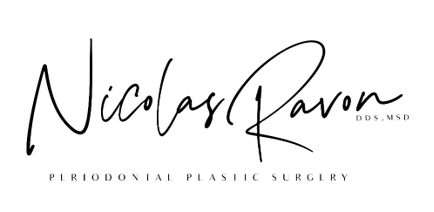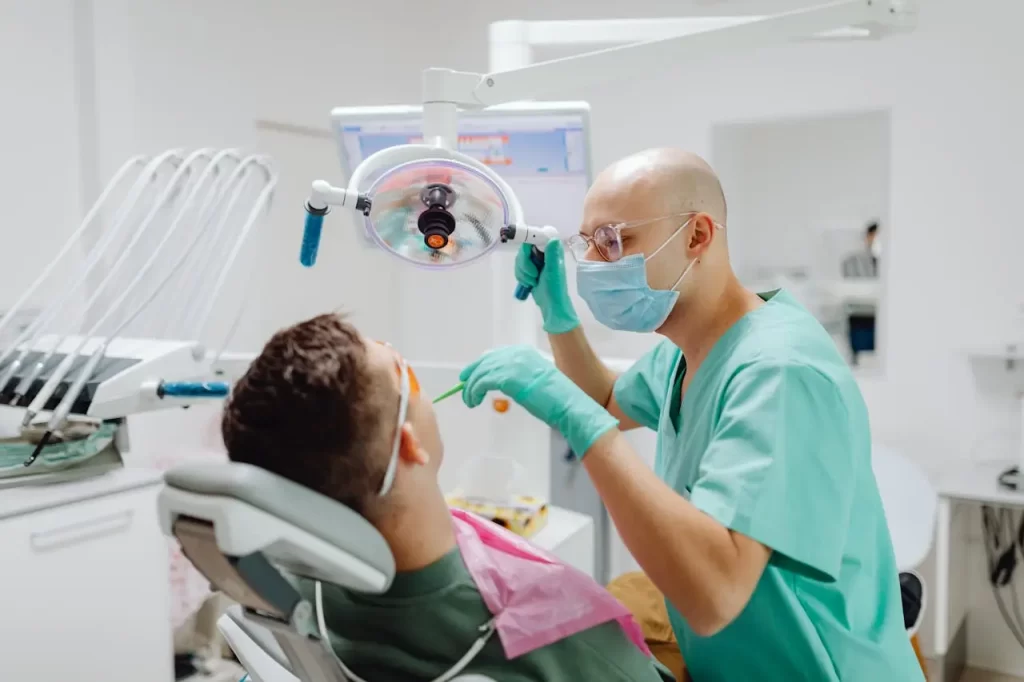Introduction
Periodontal treatment is essential for maintaining oral health. It encompasses various procedures to prevent and treat gum disease, a common condition that can lead to serious dental problems if left untreated. This article explores the journey to a healthier smile through periodontal treatment, highlighting its significance in overall well-being.
Types and Categories
Gingivitis vs. Periodontitis
Gingivitis is the early stage of gum disease, characterized by inflammation of the gums. Without proper treatment, it can progress to periodontitis, a more severe form of gum disease that affects the supporting structures of the teeth.
Localized vs. Generalized Periodontitis
Periodontitis can be classified as localized, affecting specific areas of the mouth, or generalized, affecting the entire mouth. The severity and extent of the condition determine the appropriate treatment approach.
Symptoms and Signs
Gum Bleeding
One of the first signs of gum disease is bleeding gums, especially during brushing or flossing. This occurs due to inflammation and infection of the gum tissues.
Receding Gums
As gum disease progresses, the gums may recede or pull away from the teeth, exposing the tooth roots. Receding gums not only affect the smile’s aesthetics but also increase the risk of tooth decay and loss.
Persistent Bad Breath
Chronic bad breath, or halitosis, can be a sign of underlying periodontal problems. Bacteria in the mouth produce volatile sulfur compounds that contribute to foul odors.
Causes and Risk Factors
Plaque and Tartar Buildup
The primary cause of gum disease is the buildup of plaque, a sticky film of bacteria that forms on the teeth. If not removed through regular brushing and flossing, plaque hardens into tartar, leading to gum inflammation and infection.
Genetic Predisposition
Some individuals may be genetically predisposed to developing gum disease, regardless of their oral hygiene habits. Family history plays a significant role in determining an individual’s susceptibility to periodontal problems.
Smoking and Tobacco Use
Tobacco use is a significant risk factor for gum disease. Smoking weakens the immune system and impairs blood flow to the gums, making it harder for the body to fight off infection.
Diagnosis and Tests
Periodontal Probing
During a dental examination, the dentist uses a periodontal probe to measure the depth of the gum pockets around each tooth. Deeper pockets indicate more advanced gum disease.
X-rays
Dental X-rays are essential for detecting periodontal disease below the gum line. They reveal bone loss and other structural changes that may not be visible during a visual examination.
Bacterial Testing
In some cases, bacterial testing may be performed to identify the specific pathogens responsible for gum disease. This allows for targeted treatment with antibiotics.
Treatment Options
Scaling and Root Planing
Scaling and root planing is a non-surgical procedure performed to remove plaque and tartar from the surfaces of the teeth and roots. It helps to smooth out rough areas where bacteria can accumulate.
Antibiotic Therapy
Antibiotics may be prescribed to control bacterial infection and reduce inflammation in the gums. They can be taken orally or applied directly to the affected areas.
Surgical Intervention
In advanced cases of periodontal disease, surgical intervention may be necessary to repair damaged gum tissue and restore the supporting structures of the teeth. Procedures such as flap surgery and bone grafting may be performed.
Preventive Measures
Good Oral Hygiene Practices
Brushing twice a day and flossing daily are essential for removing plaque and preventing gum disease. Using an antimicrobial mouthwash can also help reduce bacteria in the mouth.
Regular Dental Check-ups
Routine dental visits allow the dentist to monitor the health of your gums and detect any signs of periodontal disease early on. Professional cleanings can remove plaque and tartar buildup that cannot be removed at home.
Lifestyle Changes
Maintaining a healthy lifestyle can support gum health. Eating a balanced diet, avoiding tobacco products, and managing stress can help reduce the risk of gum disease.
Personal Stories or Case Studies
Patient Testimonials
Many individuals have experienced significant improvements in their oral health after undergoing periodontal treatment. Their stories serve as inspiration for others facing similar challenges.
Impact on Daily Life
Improved gum health can enhance quality of life by eliminating pain and discomfort associated with gum disease. It allows individuals to enjoy their favorite foods and smile with confidence.
Expert Insights
Dentist Recommendations
Dental professionals emphasize the importance of preventive care and early intervention in managing gum disease. They encourage patients to prioritize their oral health and seek treatment promptly.
Research Findings
Ongoing research in the field of periodontology continues to uncover new insights into the prevention and treatment of gum disease. Studies highlight the link between oral health and systemic conditions such as heart disease and diabetes.
Conclusion
In conclusion, periodontal treatment plays a crucial role in maintaining a healthy smile and overall well-being. By understanding the types, symptoms, causes, and treatment options for gum disease, individuals can take proactive steps to protect their oral health. Remember to prioritize good oral hygiene practices, attend regular dental check-ups, and seek professional care if experiencing any signs of gum disease.
FAQs
- What is periodontal treatment?
- Periodontal treatment aims to prevent and treat gum disease, preserving oral health.
- What are the common signs of gum disease?
- Common signs include red, swollen gums, bleeding, bad breath, and loose teeth.
- What causes gum disease?
- Plaque buildup, poor oral hygiene, smoking, and genetics primarily cause gum disease.
- How is gum disease diagnosed?
- Diagnosis involves a dental exam and tests like probing and X-rays.
- What are the treatment options for gum disease?
- Treatments range from scaling and root planing to surgical intervention.
- Is gum disease preventable?
- Yes, with proper oral hygiene, regular check-ups, and healthy habits.
- Can gum disease affect overall health?
- Yes, it’s linked to heart disease, diabetes, and other conditions due to bacterial spread.
- How often should I visit the dentist for periodontal check-ups?
- Recommended twice a year, though frequency may vary based on individual risk factors.
- Is periodontal treatment covered by dental insurance?
- Coverage varies by plan, so checking with your provider is best.
- Can I undergo periodontal treatment if I’m pregnant?
- Yes, it’s safe, but inform your dentist for any necessary adjustments.


